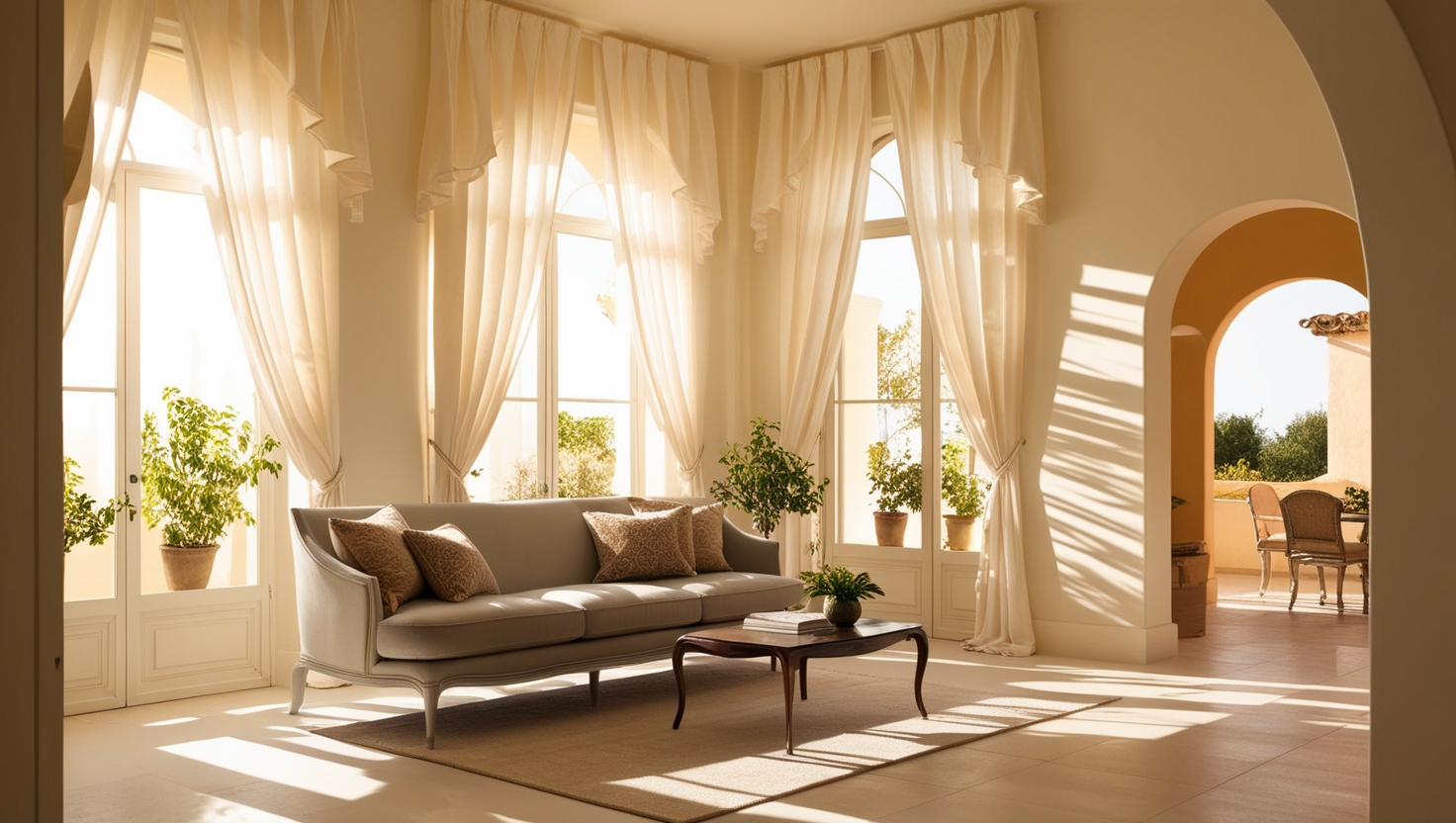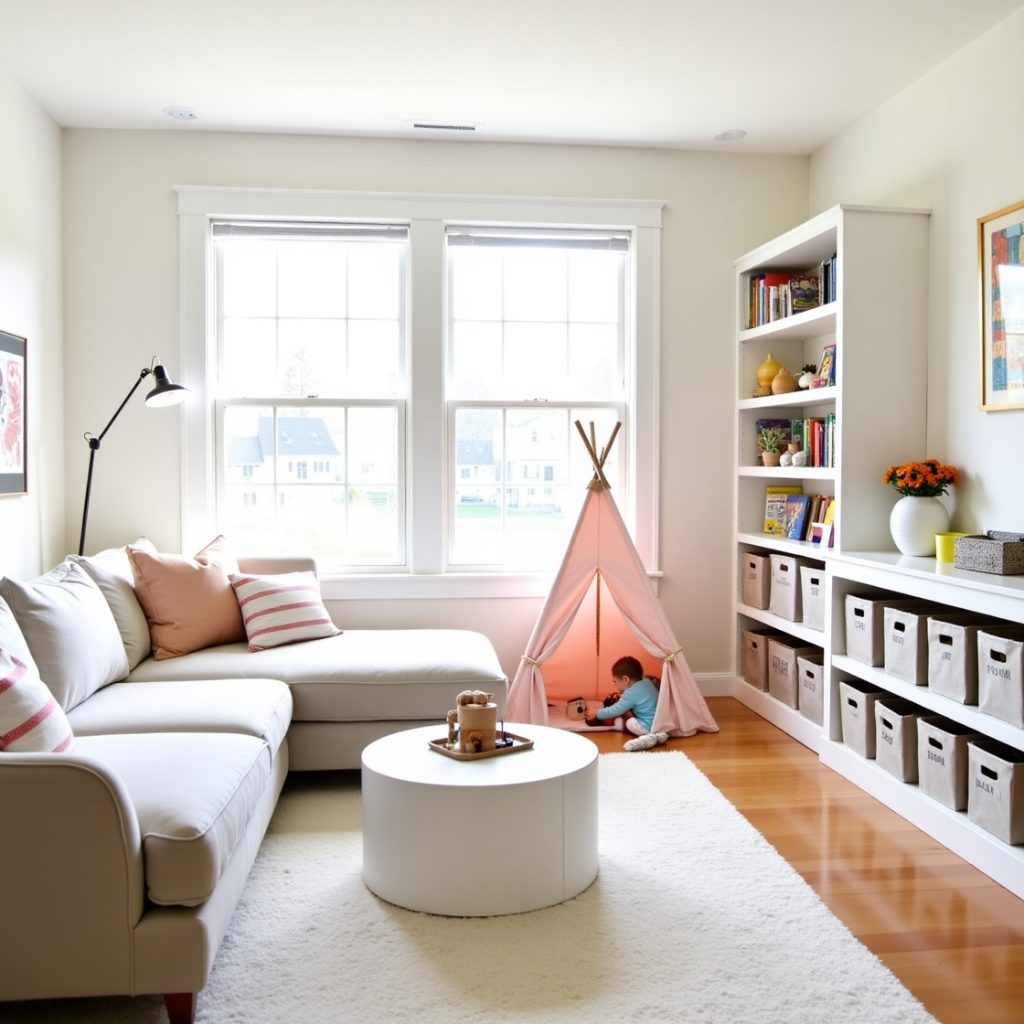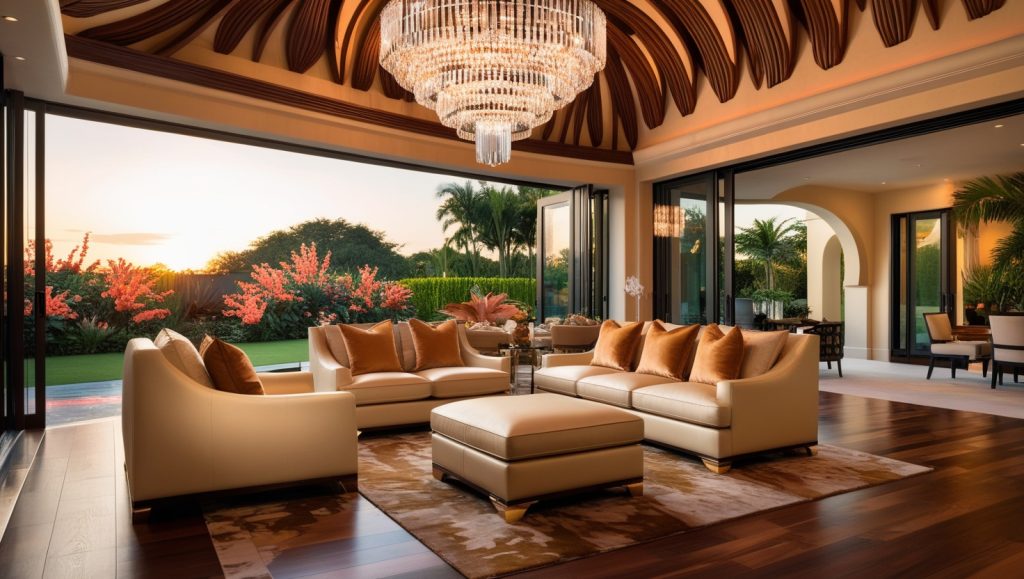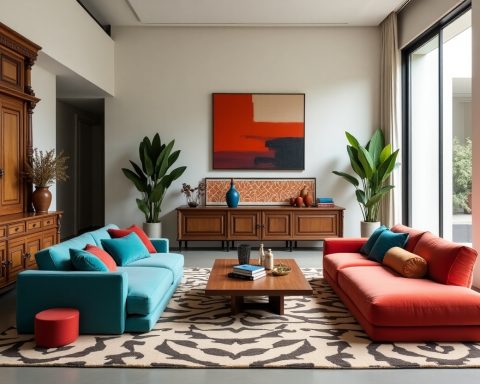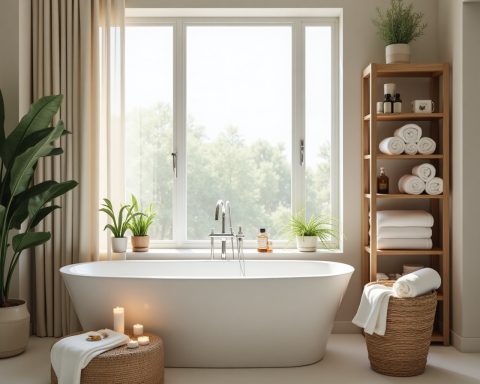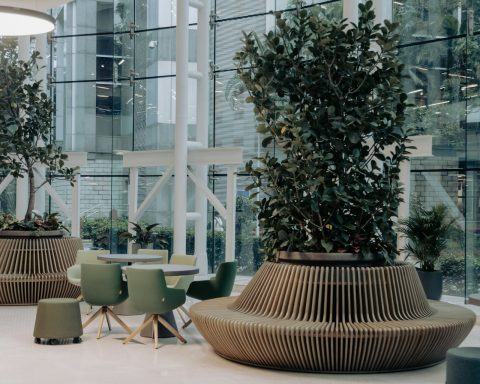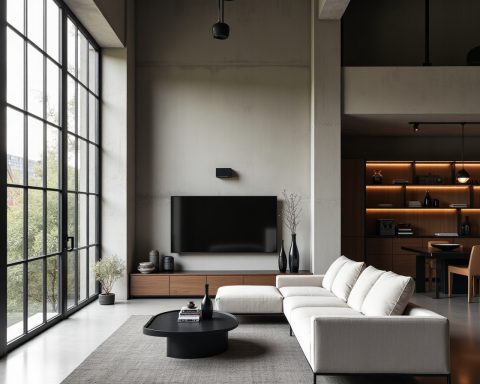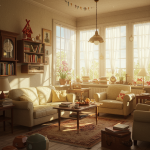The Powerful Impact of Natural Light in Interior Design
When it comes to transforming the look and feel of any room, natural light is far more than just a functional element—it is a powerful architectural and design tool that can dramatically enhance your living space. By thoughtfully incorporating natural light into your interior design strategy, you can effortlessly make small spaces appear larger, breathe life into dull corners, and create a welcoming, uplifting atmosphere that artificial lighting simply cannot replicate.
The way sunlight enters a room, interacts with surfaces, and casts shadows throughout the day brings a dynamic energy that changes with time and seasons. From enhancing colors to making textures more pronounced, natural light transforms interiors into vibrant, multi-dimensional environments. A room bathed in natural light feels open, airy, and alive, encouraging relaxation, creativity, and well-being. In contrast, a space deprived of adequate daylight can appear closed off, dim, and emotionally draining.
Moreover, the interplay between light and shadow is a key element in interior design that adds depth, contrast, and drama. Whether it’s the soft glow of morning sunlight filtering through linen curtains or the sharp lines of midday light casting shadows across textured walls, the balance of brightness and darkness brings rooms to life. Understanding and embracing this relationship is essential for anyone looking to create interiors that are both aesthetically stunning and emotionally enriching.
Whether you’re designing a cozy reading nook, a minimalist modern living room, or a vibrant open-plan space, leveraging natural light and strategic shadow play can completely redefine your home’s ambiance. This article explores in detail how the smart use of natural light and shadow can transform your room into a sophisticated, inviting sanctuary.
Maximizing Daylight Through Strategic Design
Harnessing the full potential of sunlight begins with understanding its direction and behavior throughout the day. South-facing rooms receive consistent, warm light, while north-facing spaces offer a cooler, softer hue. East and west orientations bring in dynamic, shifting light that casts long, textured shadows perfect for creative interiors.
To amplify natural light:
- Use sheer curtains instead of heavy drapes.
- Install mirrors opposite or adjacent to windows to reflect light deeper into the room.
- Paint walls in light, neutral tones like whites, creams, and soft grays.
- Utilize glass elements in furniture or room dividers to avoid blocking light flow.
Creating Depth Through the Contrast of Light and Shadow
Natural light alone is not enough—shadows are equally crucial. They create visual contrast, which adds dimension and mood. When light filters through elements such as indoor plants, slatted blinds, or textured curtains, it casts beautiful organic patterns that animate a room with movement and life.
Shadow play can be intentionally designed through:
- Louvered panels or perforated screens that produce intricate shadow patterns.
- Layered lighting with natural light as the key source and subtle ambient lighting to complement it at dusk.
- Architectural nooks, alcoves, or recesses that emphasize contrast between dark and light zones.
Natural Light Enhancing Color and Texture
Daylight reveals the true essence of color in a way that artificial light cannot. It brings out subtle undertones in paints and fabrics, enhancing the richness of your interiors. Morning sunlight might lend a golden warmth, while evening light creates a cooler ambience. This daily transition offers a dynamic palette that continually transforms the mood of the room.
Textures, too, come alive under natural light:
- Raw materials like stone, wood, linen, and concrete become more tactile and visible.
- Shadows cast across textured surfaces highlight their natural grooves and irregularities.
- Soft furnishings such as rugs and throws appear more plush and inviting.
The Psychological Influence of Natural Light
Beyond aesthetics, natural light has profound psychological benefits. Studies show that daylight improves mood, enhances productivity, and promotes better sleep cycles. Rooms that are flooded with natural light encourage relaxation, reduce stress, and foster a deeper connection with the outside world.
In workspaces or home offices, strategically placed desks near windows increase focus and reduce eye strain. Bedrooms that receive early morning light help reset the body’s circadian rhythms, leading to more restful sleep and energetic mornings.
Design Techniques to Sculpt Light and Shadow
To shape the flow of light and shadow with intention, we recommend these design methods:
- Skylights: Perfect for introducing overhead natural light without compromising privacy.
- Clerestory windows: High windows that allow light in while preserving wall space.
- Internal glass partitions: Maintain room separation while letting light flow freely.
- Light wells: Great for urban homes where side windows are limited.
Use furniture placement to your advantage. A couch under a window, a sculpture where the shadow stretches, or a dining table catching golden hour light can turn everyday objects into design statements.
Seasonal and Temporal Transformations
Natural light is never static. It shifts not just through the day, but also with the seasons. Designing with this in mind ensures your space remains engaging year-round.
- Summer light is higher and harsher—use it to illuminate high ceilings or upper wall art.
- Winter light is lower and more angled—ideal for creating cozy reading nooks and intimate corners.
- Spring and autumn bring balanced, diffused light, making textures and colors shine.
By embracing these seasonal shifts, interiors feel alive and responsive, like a natural extension of the world outside.
Case Studies: Rooms Transformed by Natural Light
1. Scandinavian Minimalism
A small studio in Stockholm uses expansive windows, white walls, and wooden flooring to make a 300-square-foot apartment feel spacious. The play of light on clean lines and neutral surfaces creates an atmosphere of clarity and calm.
2. Mediterranean Villa
Stone walls, arched windows, and sunlight bouncing off terracotta floors in a Greek villa highlight how natural light can make even earthy tones feel radiant. Here, the shadow cast by olive trees dances across the interior walls, creating a natural art installation.
3. Modern Loft
An industrial-style loft with exposed brick and steel beams leverages tall windows and skylights. Light strikes textured walls, while shadows from beams and ductwork lend a dynamic, ever-changing composition.
Conclusion: Light and Shadow as Foundational Elements
In interior design, natural light and shadows are not accessories—they are foundational. Together, they mold perception, set tone, and dictate emotion. By deliberately harnessing their interplay, any room—regardless of size or function—can be elevated from the ordinary to the extraordinary.
To unlock the full potential of your interiors, observe how light travels, honor its rhythm, and use materials and structures that complement its dance with shadow.
